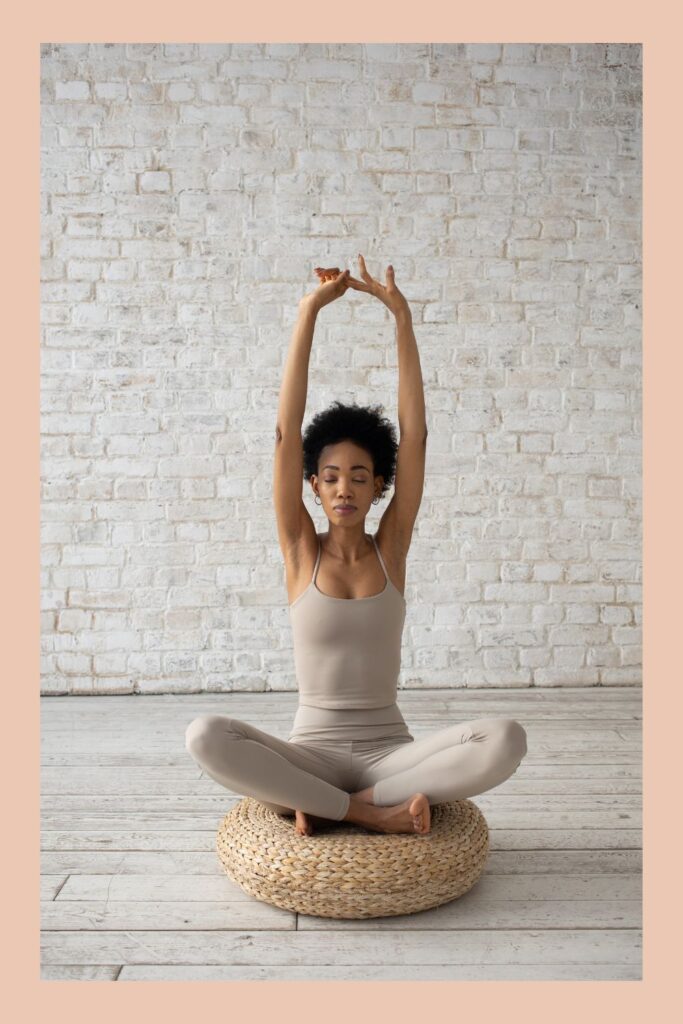I anticipate that the combination of movement, deep breathing, and mindfulness in yoga will help increase my energy levels throughout the day. This will help me achieve the fit benefit of yoga, which is boosted energy levels.
One of the ways yoga boosts energy is by improving circulation. The combination of yoga poses and deep breathing techniques promotes better blood flow throughout the body. This enhanced circulation ensures that oxygen and nutrients reach the cells efficiently, resulting in increased energy levels.
Additionally, yoga helps reduce stress and anxiety, which can drain energy. By practicing mindfulness, deep breathing, and relaxation techniques. Individuals can alleviate stress and experience a sense of calmness and rejuvenation. This reduction in stress leads to improved energy levels and a greater capacity to cope with daily challenges.
Yoga plays a role in balancing the autonomic nervous system, which regulates bodily functions. Through practices like alternate nostril breathing and gentle movements, yoga helps balance the sympathetic and parasympathetic branches of the nervous system. The equilibrium contributes to overall energy balance and more sustainable level of vitality.
According to yogic philosophy, prana refers to life force or vital energy. Certain yoga practices, such as pranayama (breathing exercises) and specific poses like backbends and inversions, are believed to increase the flow of prana in the body. This revitalizes the system, boosts energy levels, and enhances overall well-being.
Yoga als stimulates the endocrine system, which plays a crucial role in hormone production and regulation. Specific poses like twists, forward bends, and conversions can activate the endocrine glands, supporting optimal hormonal balance. When the endocrine system functions optimally, it can contribute the sustained energy levels throughout the day.
Yoga positively affects energy levels by improving circulation, reducing stress, balancing the nervous system, enhancing mindfulness,, increasing vitality and stimulating the endocrine system. Regular practice can help individuals cultivate increased vitality, improve energy levels, and have a greater sense of overall well-being.





















